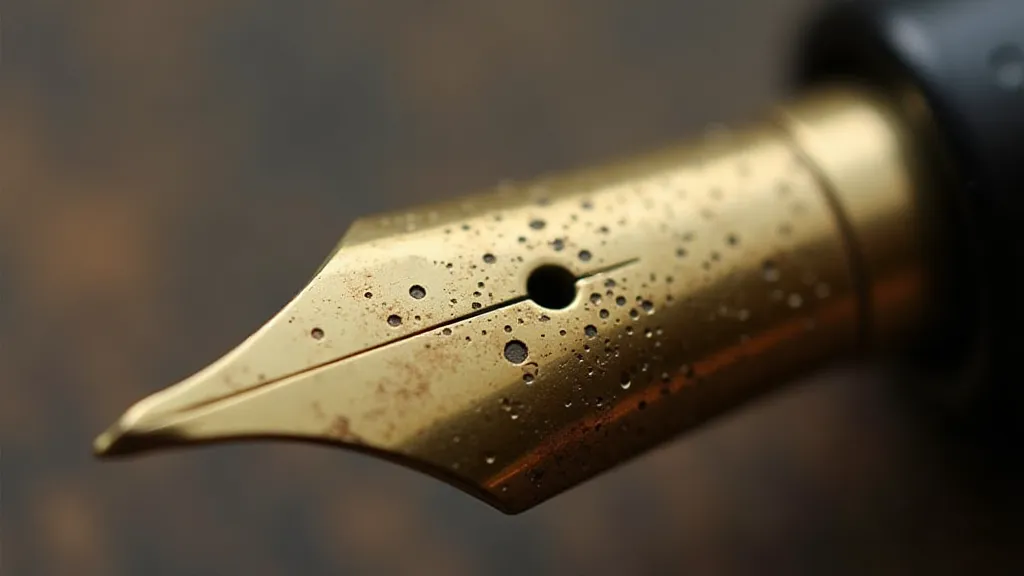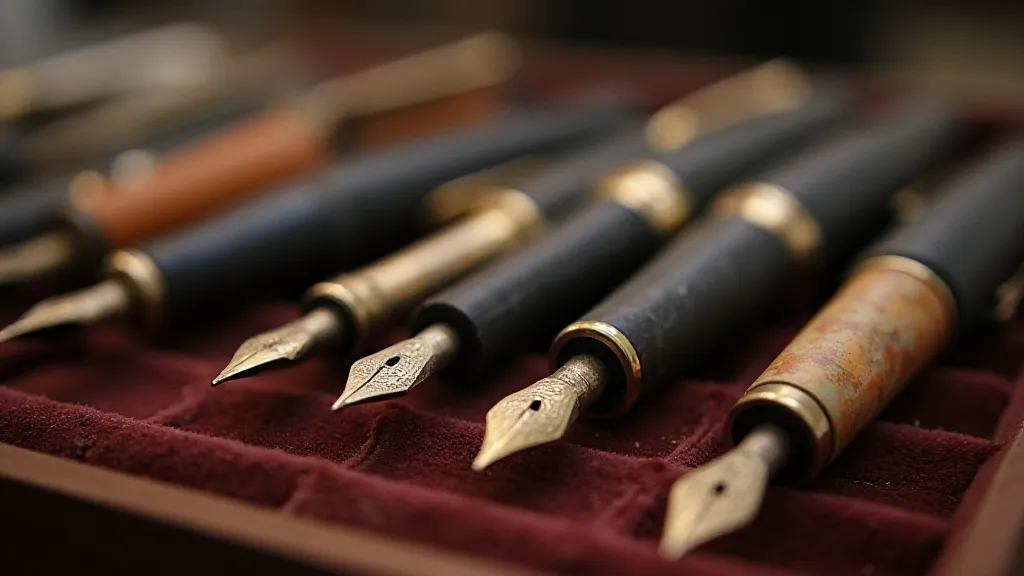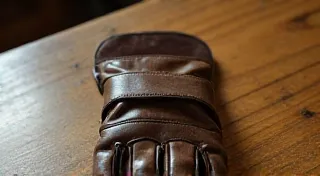A Thousand Whispers: Deciphering the Language of Flex in Vintage Nibs
There’s a certain romance associated with antique objects. Not the manufactured, glossy romance of a pristine collectible, but a deeper, more resonant feeling—the echo of hands that held it before, of lives lived and stories told. For me, that feeling is especially strong when I hold a vintage fountain pen nib with genuine flex. It’s not merely a piece of metal; it’s a portal to a bygone era, a whisper of a different way of writing, and a testament to the skill of the craftsmen who shaped it.
The modern writing landscape often emphasizes consistency and precision. Ballpoint pens, gel pens, even many modern fountain pens, strive for an even, unwavering line. But in the late 19th and early 20th centuries, a different aesthetic prevailed. Writing wasn’s just about conveying information; it was about expression, artistry, and a certain flourish. This is where flex nibs truly shine. A flex nib doesn’t just lay down ink; it *responds*. It breathes with the writer’s hand, broadening dramatically under pressure, allowing for a breathtaking range of line variation. It's an invitation to artistic license, a secret handshake between the writer and the instrument.

The Rise and Fall of Flex
The popularity of flex nibs peaked roughly between the 1890s and the 1930s. Manufacturers like Waterman, Parker, and Conway Stewart—names still revered by collectors—understood the demand and crafted nibs specifically designed to flex. But the reasons for their decline are complex. The rise of mass-produced pens, the demand for more uniform writing experiences, and the increasing complexity of manufacturing a reliable flex nib all played a part.
Imagine the penmanship lessons of the early 00s! Students were *expected* to use flourishes and variations in their writing. The pressure applied to the nib influenced the thickness of the lines—emphasizing key words, creating artistic lettering. A teacher could instantly discern a student’s enthusiasm or lack thereof, simply by observing the writing’s dynamism.
Early flex nibs weren’s just about "flex." There were degrees: “baby flex,” “medium flex,” and “full flex.” Full flex nibs are the holy grail for many collectors – those that can expand to a two or even three-times wider than their standard width. Achieving this level of flex required a unique combination of thin gold alloys (typically 14K or 18K), a careful tipping process, and a subtle grinding of the tines to allow for movement without breakage. The tipping, often made of iridium, added to the durability while maintaining a smooth writing experience.
The Feel of the Hand
Holding a truly flexible nib is a revelation. It isn't just about writing "nicely"; it's about a *connection*. You can almost feel the metal yielding beneath your touch, responding to the subtle pressure of your hand. It demands a different style of writing – a more deliberate, mindful approach. You’re not just transcribing words; you’re sculpting them.
My first experience with a full flex nib was transformative. I'd been content with the reliable, consistent lines of a modern cartridge pen. But the moment I drew that first broad stroke – a bold, unexpected flourish across the page – I understood the allure. It felt less like writing and more like conducting an orchestra, each pressure change coaxing a different timbre from the instrument.
It's worth noting that writing with a flex nib isn’t necessarily easier than modern pens. There’s a learning curve. Too much pressure can easily damage the delicate tines. You need to develop a light touch, a sensitivity to the nib’s responsiveness. But the reward—the ability to inject personality and emotion into your writing—is well worth the effort.
Collecting and Caring for Vintage Flex Nibs
Collecting vintage flex nibs can be a deeply satisfying pursuit. But it's a journey that requires patience, research, and a degree of caution. Prices vary wildly depending on the manufacturer, the degree of flex, and the overall condition of the pen. Waterman’s “Ideal” pens, particularly those with full flex nibs, are consistently sought after and command high prices. Similarly, Conway Stewart pens from the early 1920s are prized for their craftsmanship and unique flex characteristics.

When acquiring a vintage flex nib, it’s crucial to examine it closely. Look for signs of damage—cracks, splits, or misaligned tines. A nib that has been severely damaged may be difficult or impossible to restore. Many vintage pens have been "tuned" or "adjusted," impacting their value and performance. A knowledgeable dealer can assess the nib's integrity and provide valuable insights into its history.
Restoration is often necessary. Vintage pens, especially those with flex nibs, frequently have hard or dried ink residue that hinders their movement. Gentle cleaning with specialized solvents and careful realignment of the tines can often revive a neglected nib. However, tackling this work demands specialized tools and a good deal of skill.
A Legacy of Expression
The decline of the flex nib wasn’s the end of beautiful writing, but it represents a shift in priorities. The emphasis moved from individual expression to standardized uniformity. However, a renewed appreciation for these antique instruments is sweeping through the writing community. People are rediscovering the joy of handwritten letters, the artistry of calligraphy, and the unique character that a vintage flex nib can impart.
Holding one of these vintage nibs is more than just possessing a piece of metal. It is holding a tangible link to a more expressive and nuanced era. It’s a whisper of the hands that shaped it, a legacy of artistry, and an invitation to reconnect with the beauty and creativity inherent in the simple act of writing.






